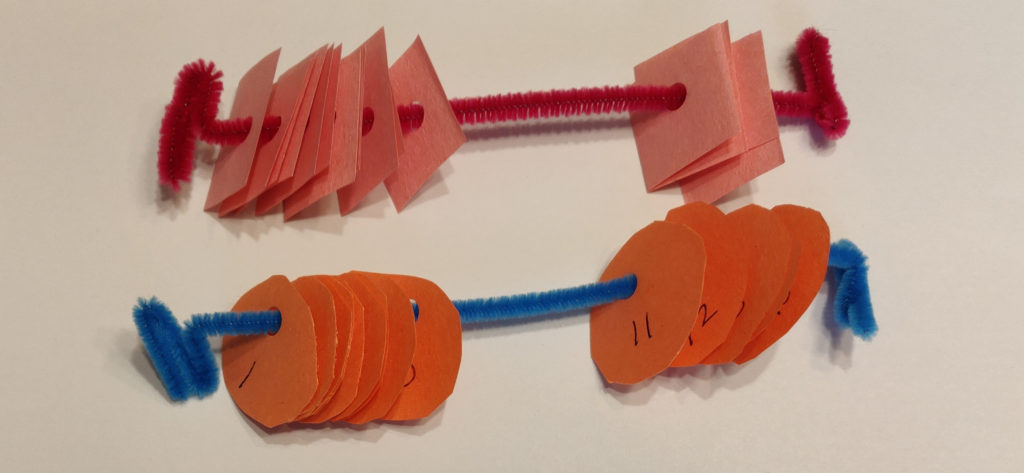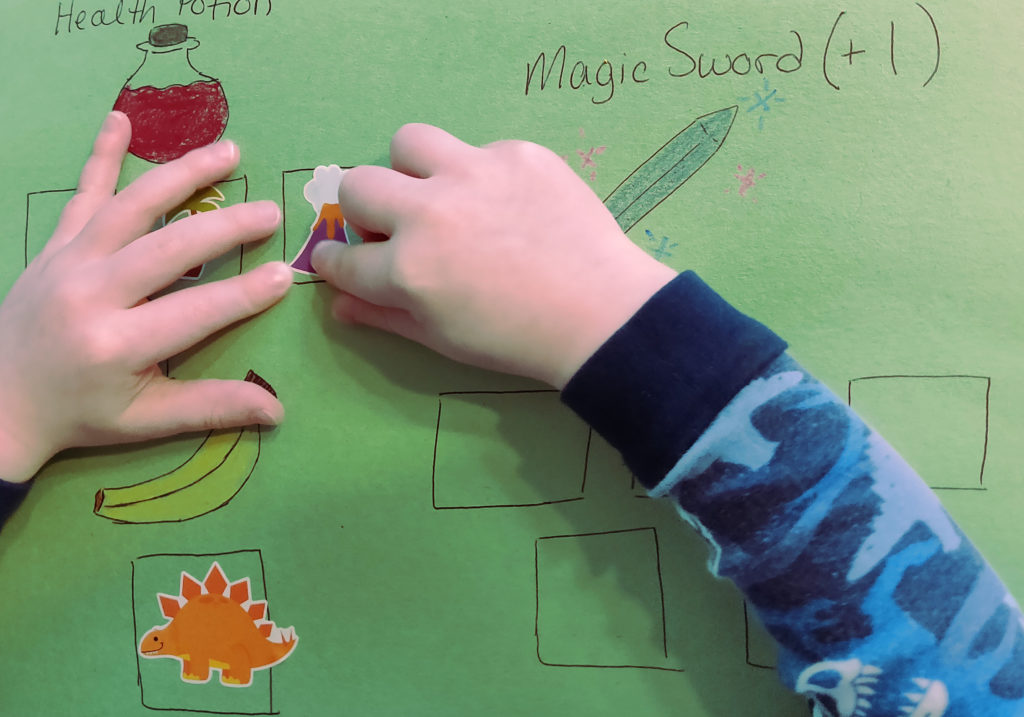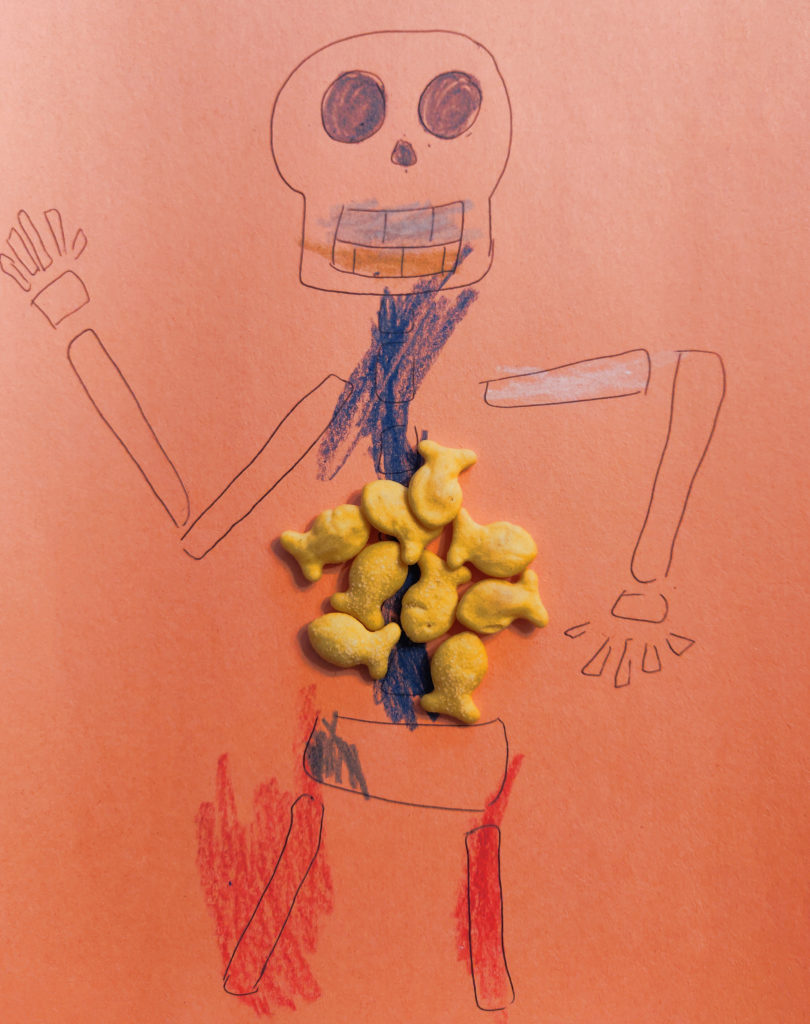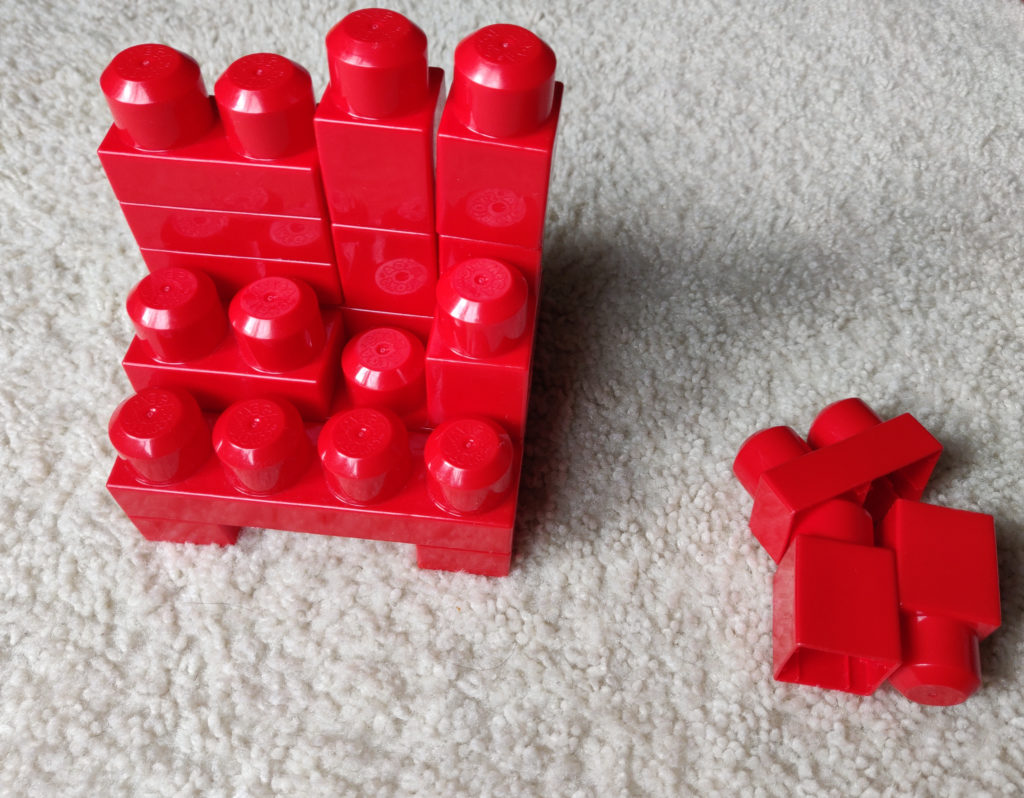Tips and tricks: easy DIY point trackers for games with kids!
Tracking numeric values in games with kids
When playing games with kids, sometimes they’re just learning math or aren’t so strong with numbers and mechanics yet, and a few tools can help them to compensate for this and enhance their learning.
The games I’ve played with my kid (2.5yo) may require tracking health, tokens, money, etc. that he doesn’t necessarily have the skills to visualize so well. He can count with some help, but understanding some of those numbers and remembering them can be difficult. Couple that with learning a new game, and there’s a lot of potential for frustration.
To help ease this, here are some ideas that I have tried out with my kid for trackers that work until about 20 points. These helped him visualize and “interact” with the numbers so he was able to understand what the quantity changes meant during the game.
Reviewing this article a year or so later too, I can see now how these tools, coupled with the game, really helped to improve his math skills!
These tips and tricks should help you and your kid to:
- Track health, money, or tokens in game
- Teach counting (even outside of the game)
- Add an extra fun element
Jump to:
DIY pipe cleaner point tracker for kid’s games:

What you need to make this game point tracker:
- Pipe cleaner
- Paper
- Scissors
- Hole punch
How to make this game point tracker:
Cut pieces of paper into the desired shape for your tracker, then use the hole punch to punch a hole in the center. String the pieces of paper onto the pipe cleaner, then fold the ends of the pipe cleaner to keep the paper pieces on.
How to use this game point tracker:
Start with all the paper pieces on one end of the pipe cleaner. As numbers change (i.e. character takes damage, money is earned, etc), move the appropriate pieces of paper to the other side of the pipe cleaner… and vice versa if the numbers change in the other direction.
Suggestions for this game point tracker:
- Write numbers on the pieces of paper to help with recognition
- Try using string or ribbon instead of a pipe cleaner
- Instead of paper, you could use other materials to give different sensory experiences.
- Felt
- Chunky beads
- Ring shaped cereal
- Hollow pasta
- Clothes pins
DIY stickers point tracker for kid’s games:

What you need to make this game point tracker:
- Paper
- Stickers
- Drawing instrument (marker, crayon, etc)
How to make this game point tracker:
Have a designated sheet or section of paper and draw little boxes on it to represent available hit points, money, etc. You may also choose to draw a picture of the item it relates to (for example, the header picture for this section is has pictures for a magic store).
How to use this game point tracker:
During combat, whenever health is lost for a character, let your child place a sticker on the box representing the lost health. If someone heals, just draw extra boxes.
For stores or spending tokens, give your child stickers equal to the money or tokens that they have. Let your child “pay” you the money or tokens by putting stickers on the sheet.
This works better as a single use tool since you can’t remove the stickers, but it is a good way to mix things up and enforce the idea of paying something. Also… most kids like stickers and will probably pay more attention at the promise of getting to use them.
Suggestions for this game point tracker:
- If your child ever has stickers left at the end, let them decorate a picture or coloring sheet with them so they don’t feel like they were cheated out of their stickers because they saved them.
- Try finding themed or colored stickers, maybe ones with dragons, money, or numbers on them so you can tie them to the game or reinforce the counting aspects.
DIY treat point tracker for games with kids:

What you need to make this game point tracker:
- Small treats (cereal pieces, cut up veggies, snack crackers, etc)
- Paper
- Drawing instrument (marker, crayon, etc)
How to make this game point tracker:
On the paper, draw a picture of the baddie, map, etc. Place snacks equal to the baddie’s health on the baddie. For puzzles, put the treats next to the puzzle.
I put them on or near a picture (not just verbally telling what the treats are for) because if kids see treats, they might lose focus on what the treats represent and just focus on the snack. If you have a picture there, it is easier for them to connect “oh, finding a way to get to the lever is worth 5 goldfish crackers” and not, “why isn’t mom giving me my snack”.
How to use this game point tracker:
In combat, whenever your child damages the baddie, they get to eat treats from the pile on the picture equal to the damage that they did. If your child finds a peaceful resolution instead of fighting, they still get the whole pile of treats.
During puzzles or challenges, the treats can be used as rewards upon completing a task or as they complete challenges to encourage them to continue with the puzzle.
Suggestions for this game point tracker:
- For your child’s character, you can also use this method in combat, however… taking treats away sometimes doesn’t go over well, so you may want to consider a different method for tracking player character (PC) health.
- Try using treats as loot too. Maybe after an encounter or puzzle, in addition to finding the in-game loot, they also get a small candy as a bonus treat.
- If you don’t want to give a bunch of food, you could use other rewards instead. You could try stickers, temporary tattoos, little goody bag toys, etc.
DIY building blocks game point tracker for kid’s games:

What you need to make this game point tracker:
- Building blocks
How to make this game point tracker:
Just have your child’s building blocks around!
How to use this game point tracker:
For combat, start with a block tower to represent each character’s health. Remove blocks whenever damage is taken.
For getting tokens or money, you can use the same method. Add blocks when something is earned and remove them when it is taken away.
Suggestions for this game point tracker:
- Make your block structure into the shape the character it is used for
- Use different colors for each character or tracker (i.e. red for the baddie, blue for the player character, and yellow for money)
Overall thoughts and ideas on using game point trackers in games with kids:
Having a counting or tracking aid can be a helpful tool for children just learning to count or who learn better through visual and tactile response. Your child is learning several new skills and game rules while playing the game (especially when it’s a tabletop RPG), so having a counting aid can help them be successful in picking everything up.
I hope this helps you find some counting tools for playing games (tabletop RPGs or otherwise) with your kid or just helps you teach them counting in general.
I can also think of a lot of other options that you could use (lining up toy cars, coloring in boxes on a chart or picture, making counting cards, etc)! Get creative to find a solution that works for you, and please share your ideas in the comments!
If you liked this post, make sure to subscribe to the TTRPGkids monthly newsletter to stay up to date on the latest reviews, tips and tricks, game and podcast list updates, and more! Thank you for playing tabletop RPGs with your kids and sharing this awesome hobby with the next generation!



I read something about using snacks/candy for enemies with adult TTRPG groups, and if you deliver the final blow you get to eat it. I like the tips for helping the kids track health for a couple of reasons: 1. when I play with my son, anything involving numbers– even too much dice rolling which he usually loves — gets tedious and engagement is #1, and 2. I like your small comment about giving the child all of the “hp” snacks if they find a peaceful resolution. Thank you for this article.
I get you – my son loves playing with dice, but after about the third time practicing counting or trying to read the numbers, he’s like… oh, this is getting tedious. Having the snacks or little trackers really helped, and I hope you get to try it! And thank you for letting me know you like the ideas! It really helps to know that people are reading and using the articles 🙂